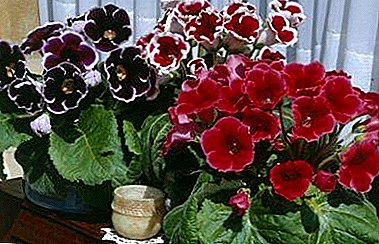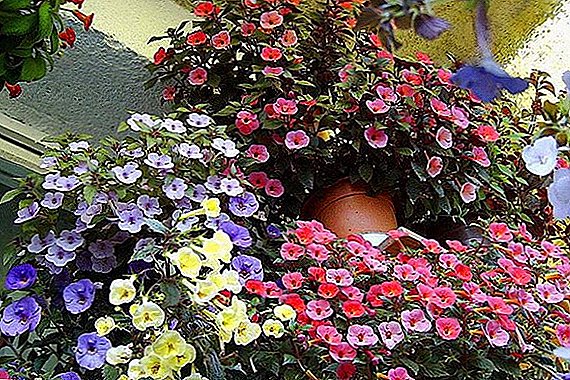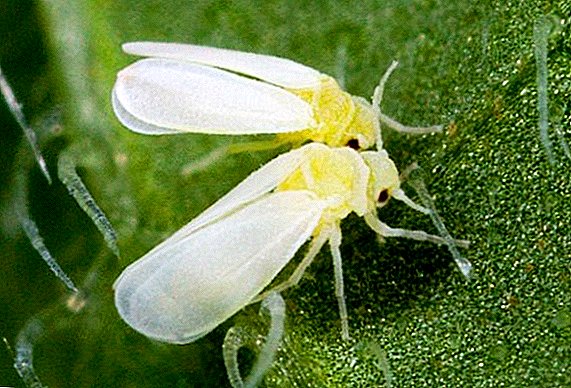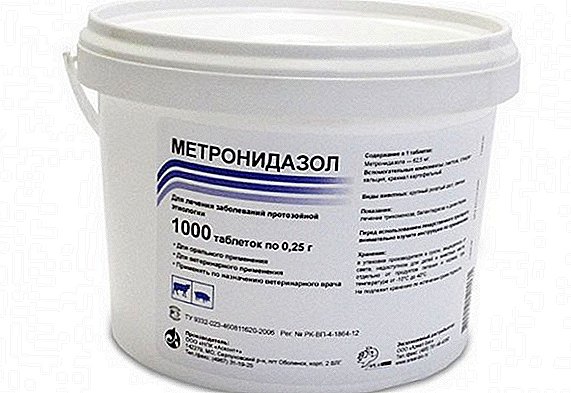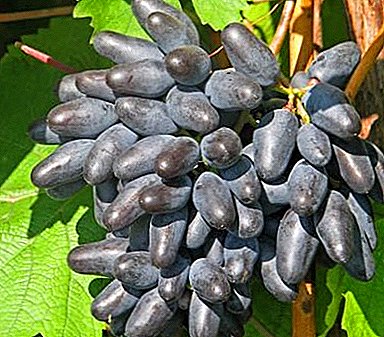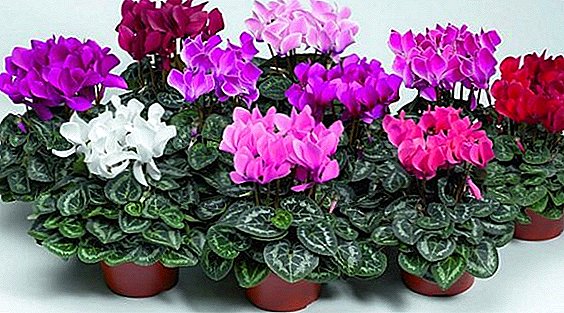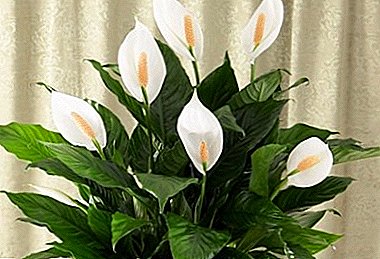
Spathiphyllum (this flower is also called female happiness) is a beautiful indoor plant that can not only become an excellent decoration for your home, but also perfectly purify the air from harmful particles.
But when growing this flower you need to be very careful, because if it is wrong to care for it, it can do a lot of harm.
This article will discuss the benefits and harms of the spathiphyllum, whether it is poisonous to humans, cats and dogs or not, and how to properly care for it.
Is the plant poisonous or not?
Yes, Spathiphyllum can indeed be called a poisonous plant, as it contains calcium oxalates harmful to human health, which cause irritation and inflammation of the mucous membranes and skin.
There is another opinion: some consider the spathiphyllum conditionally poisonous, because it also has useful properties (with which the spathiphyllum is useful, we’ll tell you below). But in any case, the plant can be very harmful if mistreated.
What is the benefit for man?
Spathiphyllum is able to purify the air of harmful substances that absorb its leaves, then these substances pass to the roots through the whole plant, and microorganisms in the soil break down unnecessary components. Also Spathiphyllum perfectly decorates the room, and with proper care it will be a long time to delight its owners with its beauty.
Harm
 The answer to the question of whether spathiphyllum is harmful to human health can only be positive. Especially the flower is dangerous for people with weak immunity and children. If you accidentally eat any of the parts of this plant, inflammation of the mucous membranes of the mouth and esophagus, severe cutting pains in the stomach and upset stomach can occur.
The answer to the question of whether spathiphyllum is harmful to human health can only be positive. Especially the flower is dangerous for people with weak immunity and children. If you accidentally eat any of the parts of this plant, inflammation of the mucous membranes of the mouth and esophagus, severe cutting pains in the stomach and upset stomach can occur.
Also this seemingly harmless plant can cause inflammation of the airwayswhich leads to difficulty breathing. People who are predisposed to allergies develop skin rashes or other allergic reactions.
For the home, the Spathiphyllum poses no danger, but rather contributes to the purification of air, the removal of carbon dioxide from it and oxygenation.
The plant contains poisonous juice, and if your pet, be it a cat or a dog, starts eating this flower, it will begin to have inflammation and swelling of the mouth, throat and respiratory tract. If the sap of the plant gets into the animal's eyes, inflammation of the corneal tissues may begin, which can no longer be stopped.
If you find one of the symptoms of poisoning in a cat or dog, do not try to treat it yourself, immediately contact your veterinarian for help, otherwise your pet may die.
Allergy to flower female happiness
Usually, Spathiphyllum can cause allergies only in the process of flowering, because flowers cause allergies, as they have a very strong smell. Both in a child and an adult, the symptoms of allergy are the same:
- fear of the light;
- sweating;
- convulsions;
- labored breathing;
- weakness;
- skin rashes.
Treatment is prescribed by the doctor after all the tests have been taken by the patient. Usually, the following drugs are prescribed for treatment:
- Anti-inflammatory drugs such as:
- Lomusol;
- Kromoglin;
- Cromosol;
- Allergokrom.
For the prevention of allergies, it is recommended to take these drugs a month before flowering and the entire flowering period.
- Topical steroids prescribed in case other drugs do not help. The dosage for children should be no more than half the dosage for adults.
- Antagonists of H1-histamine receptors. Antagonists of 2-3 generations are suitable for the treatment of children, since they do not cause side effects. You can use drugs such as:
- Zyrtec;
- Claritin;
- Telfast and Ebastine.
If drugs do not help, then the best thing is to get rid of spathiphyllum. or give the flower to a friend.
Prevention
 During the flowering period, you must be especially careful with this plant, especially when caring for it.
During the flowering period, you must be especially careful with this plant, especially when caring for it.
If you are cutting a plant, then do it better with gloves, so that the caustic juice does not get on the skin and does not cause irritation.
- After working with a flower, be sure to wash your hands.
- If the spathiphyllum juice is still on the skin, rinse it with cold water.
- If you get juice in your eyes, you should do the same, but if the tissue is severely inflamed, immediately consult a doctor.
- If any part of the plant accidentally gets into your mouth, rinse it thoroughly with water and in no case do not swallow this water.
When spathiphyllum blooms, it is better to limit contact with him as much as possible and take him to another room, put him away from children.
Every person wants to decorate his house with beautiful indoor plants, but some of them may be poisonous, therefore Before you buy the copy you like, carefully read its featuresso that instead of good the plant will harm you.
Beauty requires sacrifice, but if the harm from the plant is too large, it is better to refuse to grow it at home and choose a more harmless flower.


